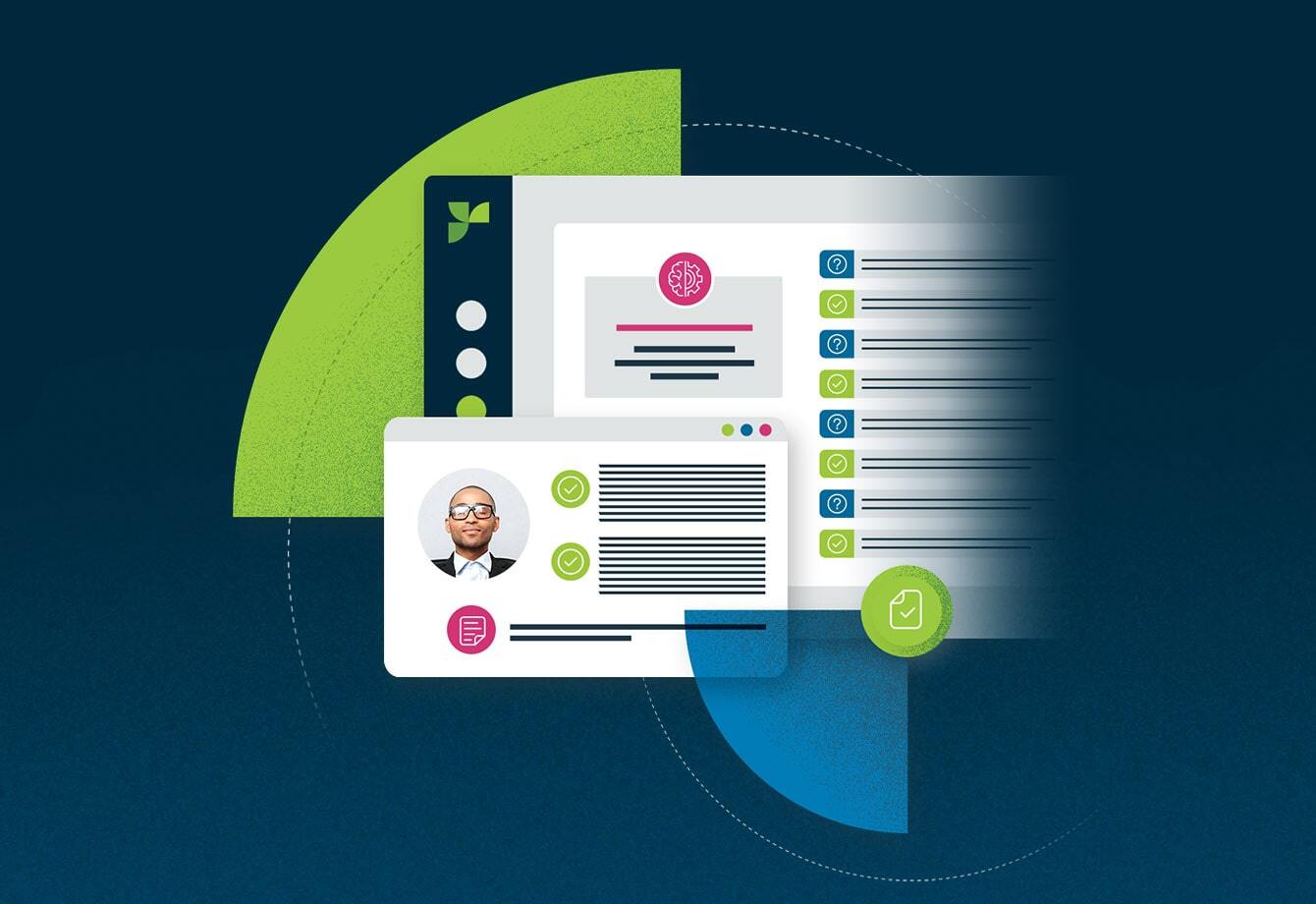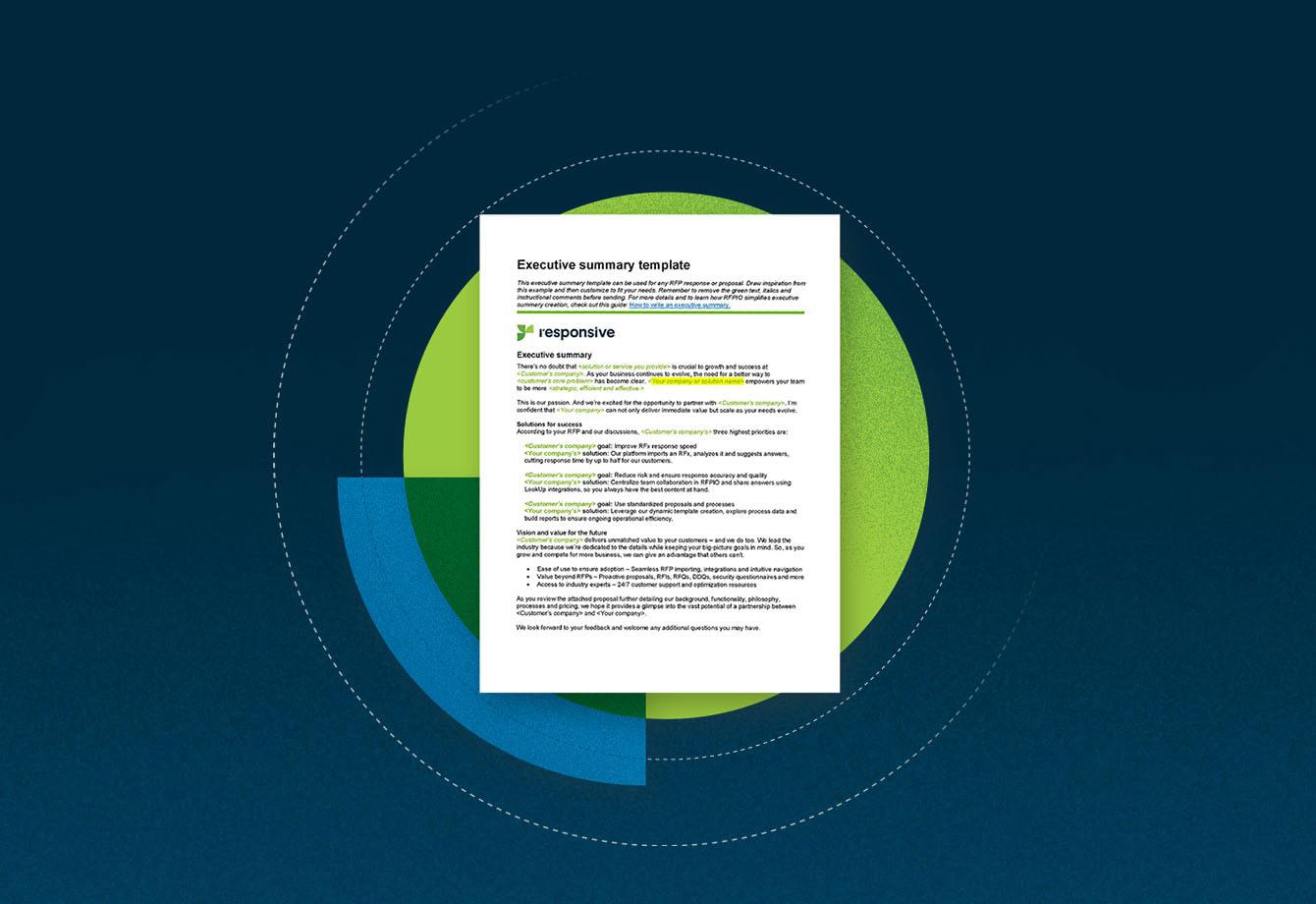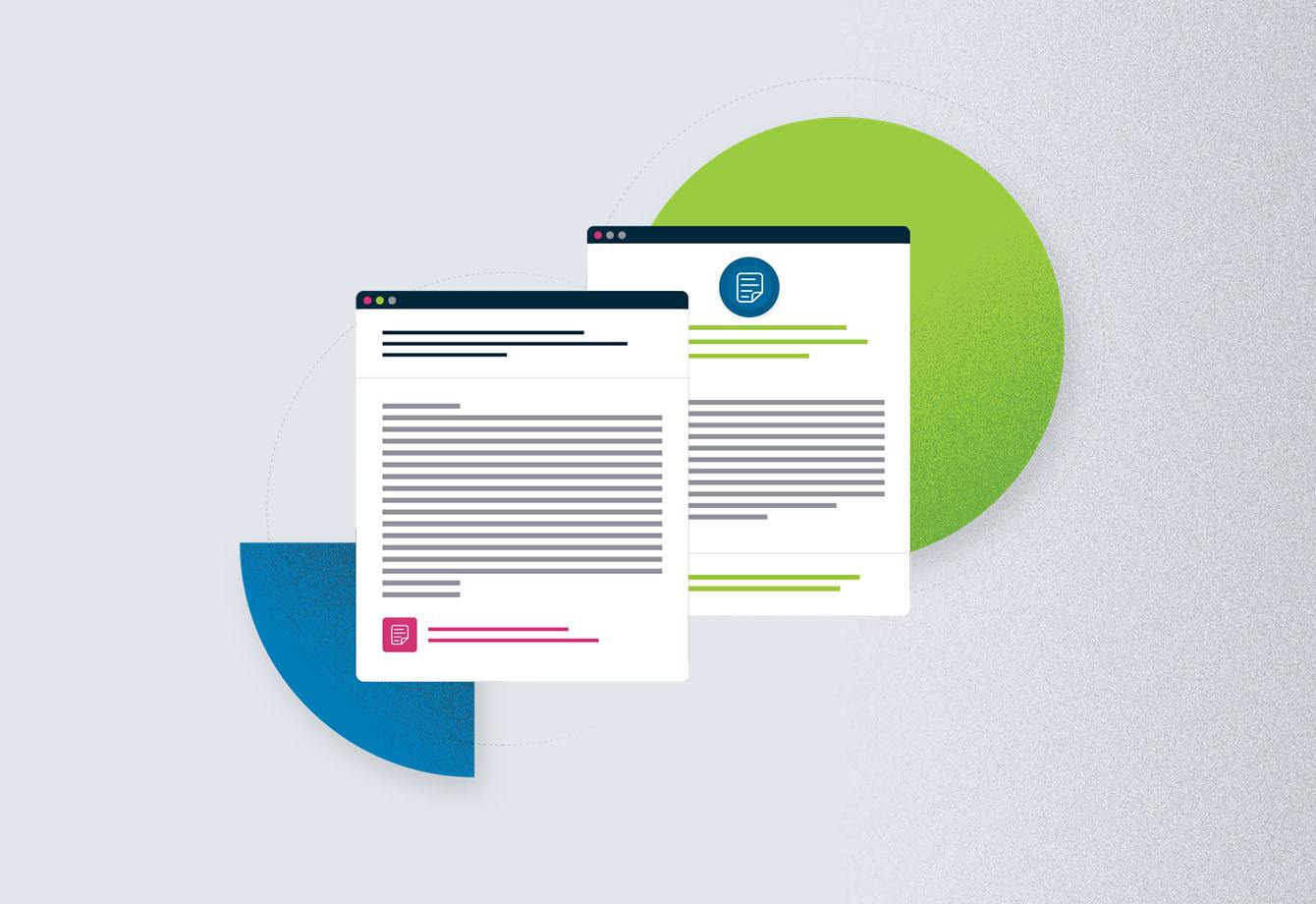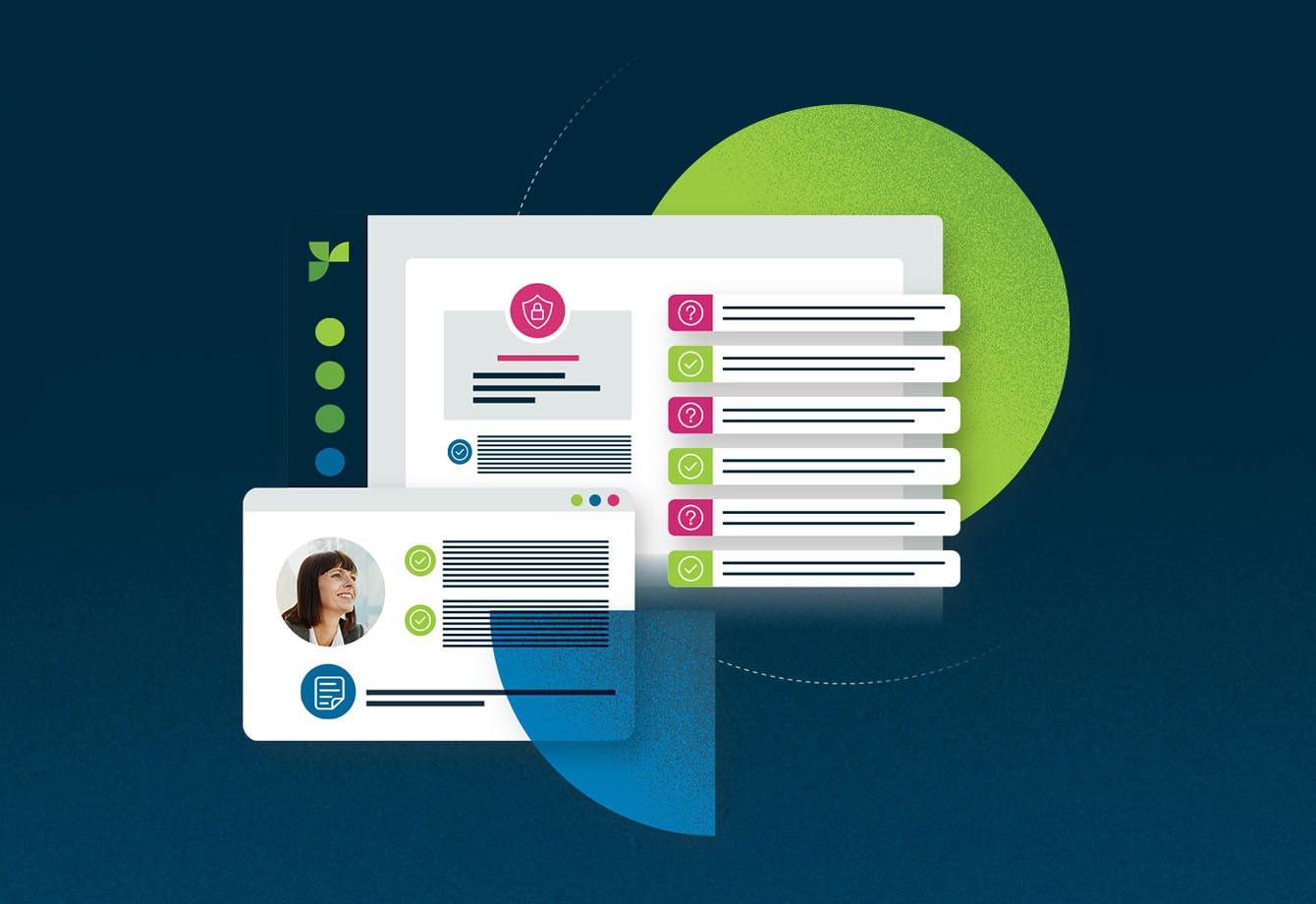
Start Responding Like a Pro
The Responsive blog is full of insights and best practices, giving you the tools you’ll need to streamline your process and respond with confidence.
Featured Post

Understanding asset management RFPs
Product & Best Practices, Respond to RFPsThe asset management RFP process is a crucial one for financial institutions looking to grow. Globally, $11 trillion of revenue […]


How to use a supplier scorecard: Guide, examples and best practices
Product & Best Practices
Guide to a great RFP response process
Selling & Enablement
How to issue an IT RFP: Tips, templates and examples
Products/Features/Solutions
9 Best Proposal Management Software Solutions for 2024
Product & Best Practices
Request for proposal executive summary: Example, template & tips
Selling & Enablement
9 of the best due diligence questionnaire (DDQ) examples
Product & Best Practices
How to create a project implementation plan for proposal management
Productivity
Is a proposal development consultant the key to winning your next RFP?
People & Teams
How to use a proposal compliance matrix: Tips, template and examples
Product & Best Practices
From RFPIO to Responsive: An inside look at our brand evolution
Company & Events
RFP best practices — Content and process tips
Selling & EnablementSee how it feels to respond with confidence
Why do 250,000+ users streamline their response process with RFPIO? Schedule a demo to find out.